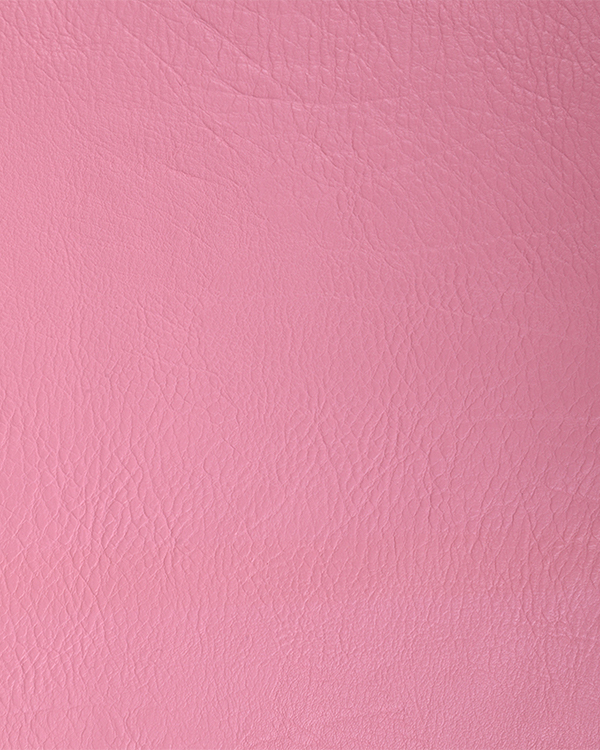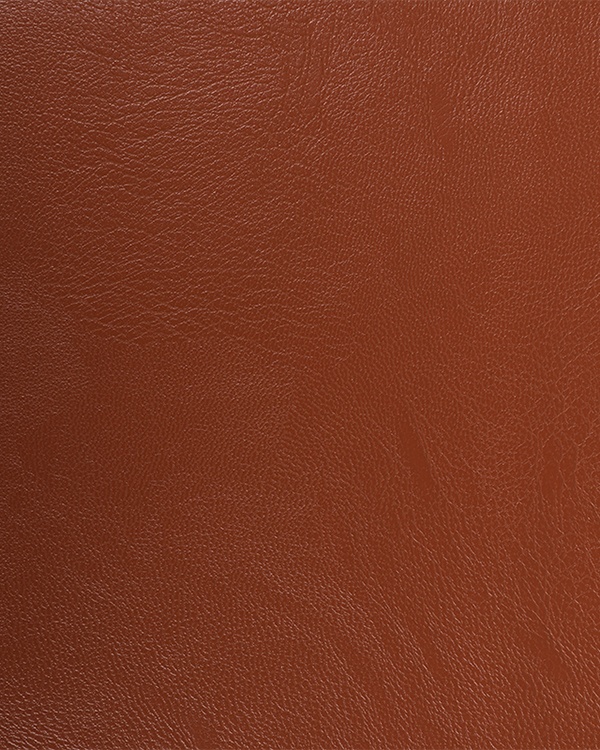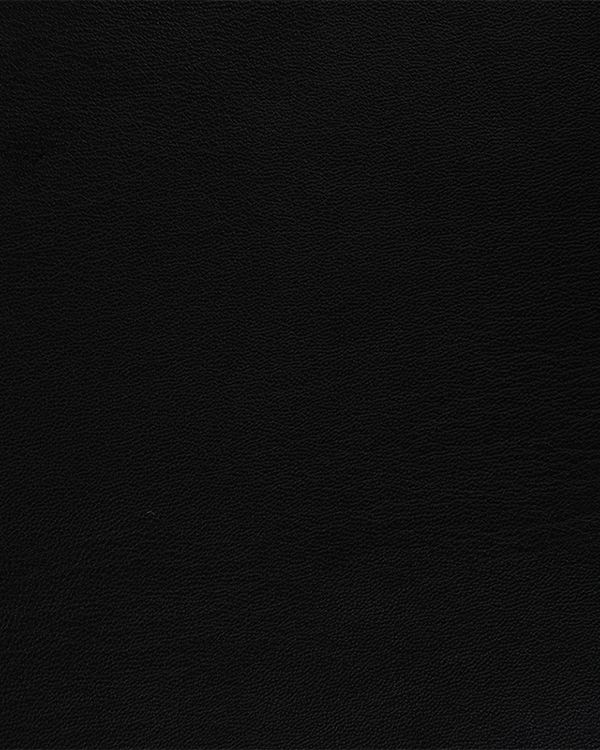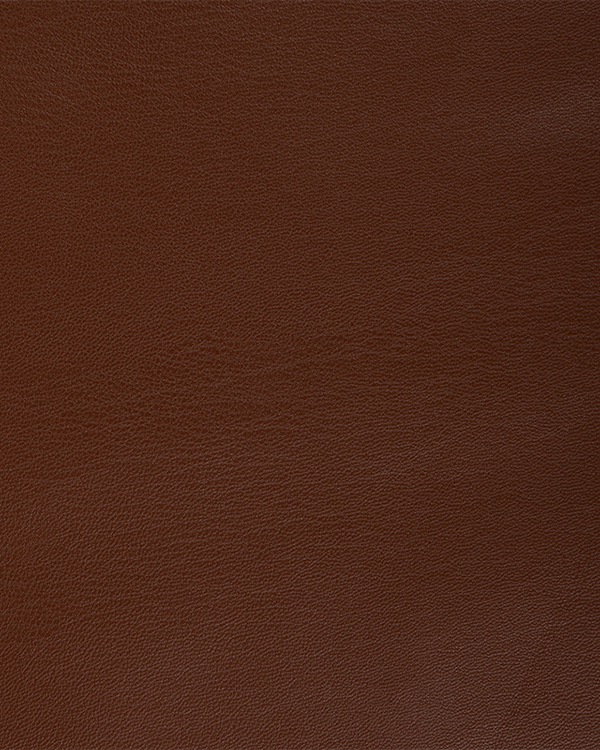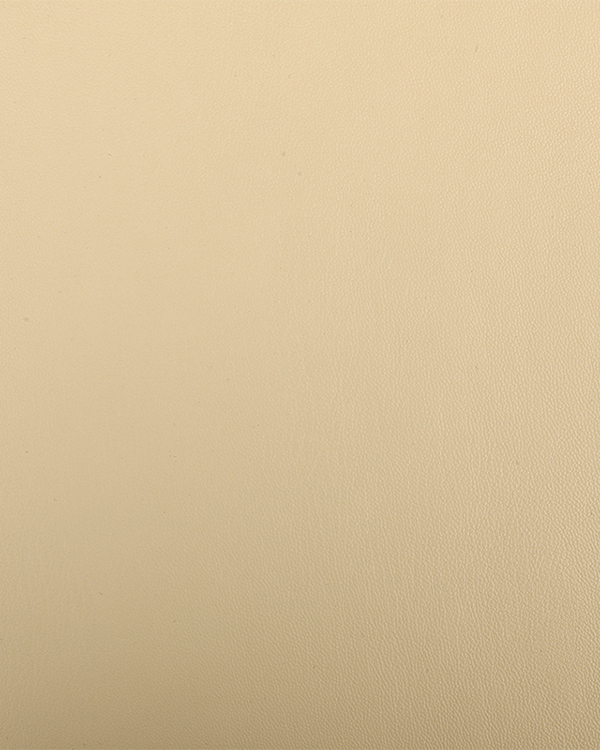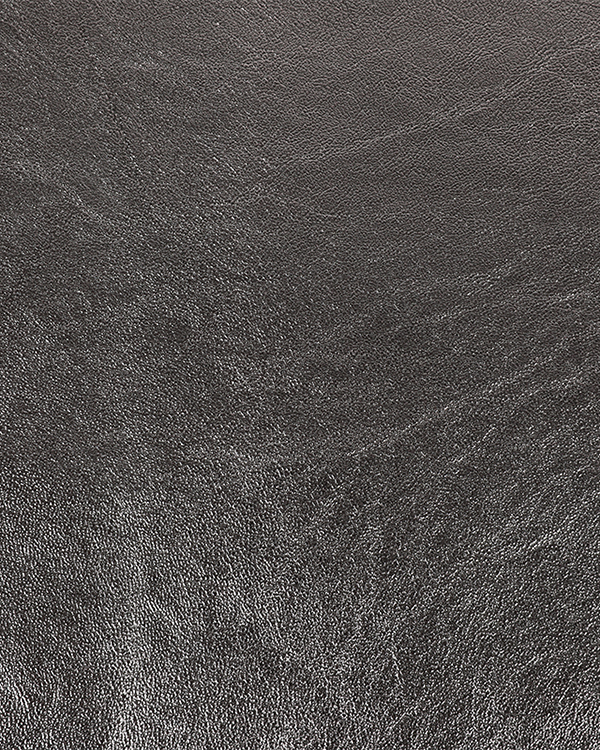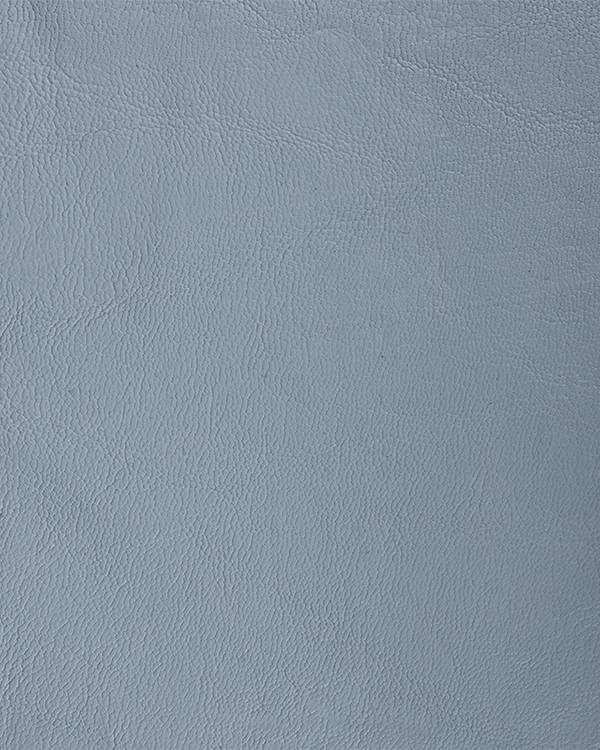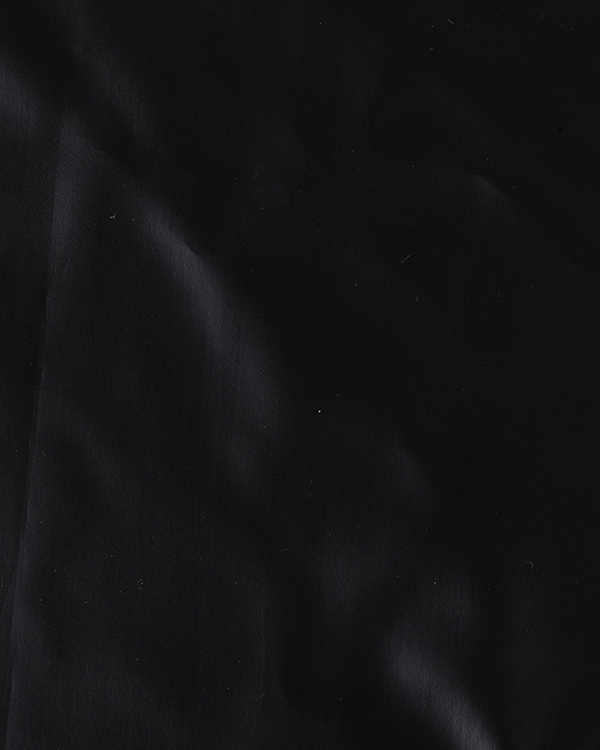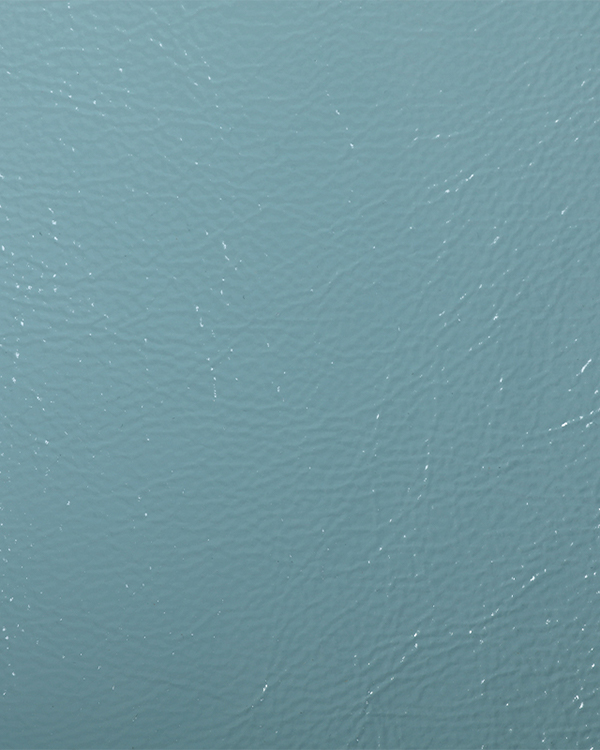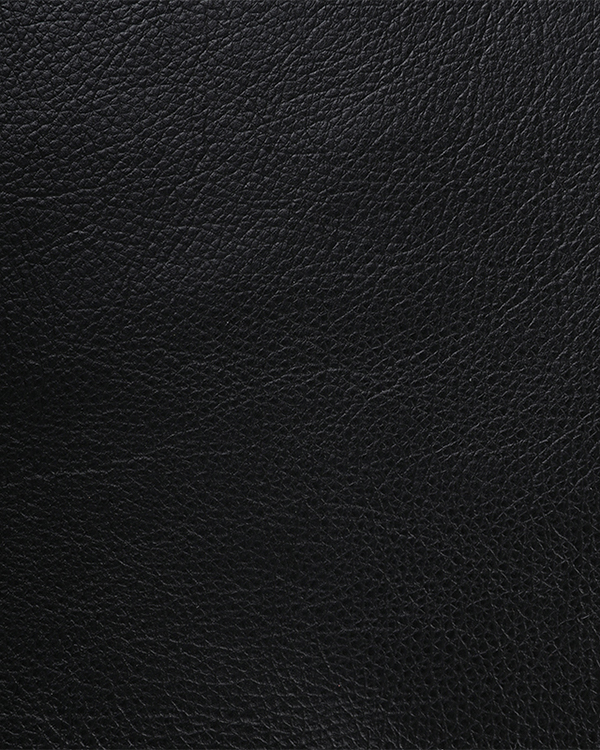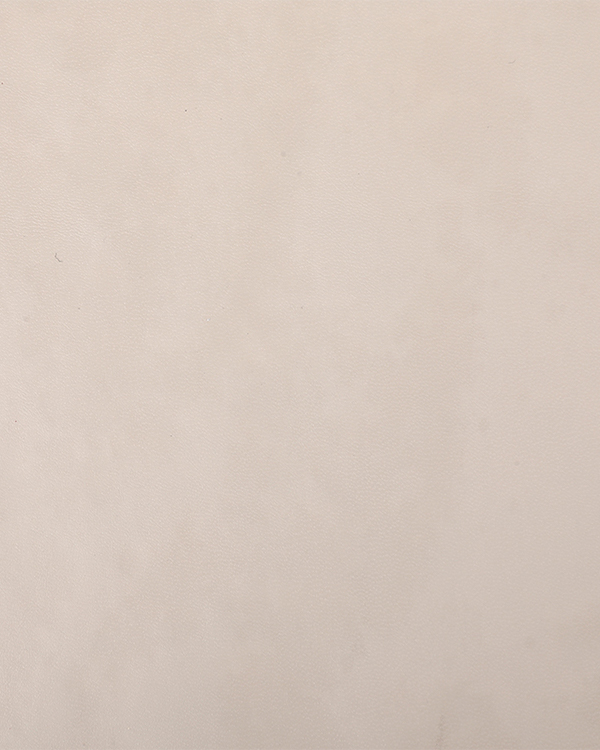Here is a general outline of the steps involved in producing recycled artificial leather with Cordyceps:
Collection and Sorting of Recycled Materials: The first step is to collect and sort the recycled materials that will be used as the base for the artificial leather. This can include post-consumer plastic bottles, scrap leather, textile waste, or other recycled materials. The collected materials are cleaned and prepared for further processing.
Material Shredding and Melting: The recycled materials are shredded into smaller pieces to facilitate the melting process. The shredded materials are then melted down using heat to form a molten mass.
Blending and Mixing: Cordyceps sinensis extract is added to the molten mass of recycled materials. The Cordyceps extract is carefully blended and mixed with the melted materials to ensure it is evenly distributed throughout the mixture.
Extrusion or Coating: The blended mixture is extruded or coated onto a substrate or backing material. The substrate can be a fabric or non-woven material that provides structure and stability to the artificial leather. The extrusion or coating process allows for the formation of a uniform layer of the recycled material mixture onto the substrate.
Embossing and Texturing: The artificial leather may undergo embossing or texturing processes to create the desired appearance and texture. This step involves pressing the material between textured rollers or plates to imprint patterns or textures onto the surface, mimicking the look and feel of genuine leather.
Drying and Curing: The newly formed artificial leather is dried and cured to solidify the material and ensure proper bonding between the layers. This step may involve the use of heat, pressure, or chemical processes to achieve the desired properties and durability.
Finishing: After drying and curing, the artificial leather may undergo additional finishing processes. These can include treatments to enhance the leather-like appearance, such as buffing, polishing, coloring, or adding protective coatings to improve resistance to wear, water, or other environmental factors.
Quality Control and Inspection: Throughout the production process, quality control measures are implemented to ensure that the Cordyceps recycled artificial leather meets the desired specifications and standards. The final product is inspected for defects, strength, color consistency, and overall quality.


Cordyceps recycled artificial leather TC bottom's features
1. 100% artificial leather on the face feels soft and fits the skin.
2. The texture is the softest, resistant to folding, and has a certain degree of moisture absorption.
3. Close to the leather effect, simulation.
4. Environmental protection, 100% recycled polyester fabric at the bottom.
5. The color fastness is higher than or equal to level 4.
6. Long-term stable export of global products.

 English
English Español
Español
